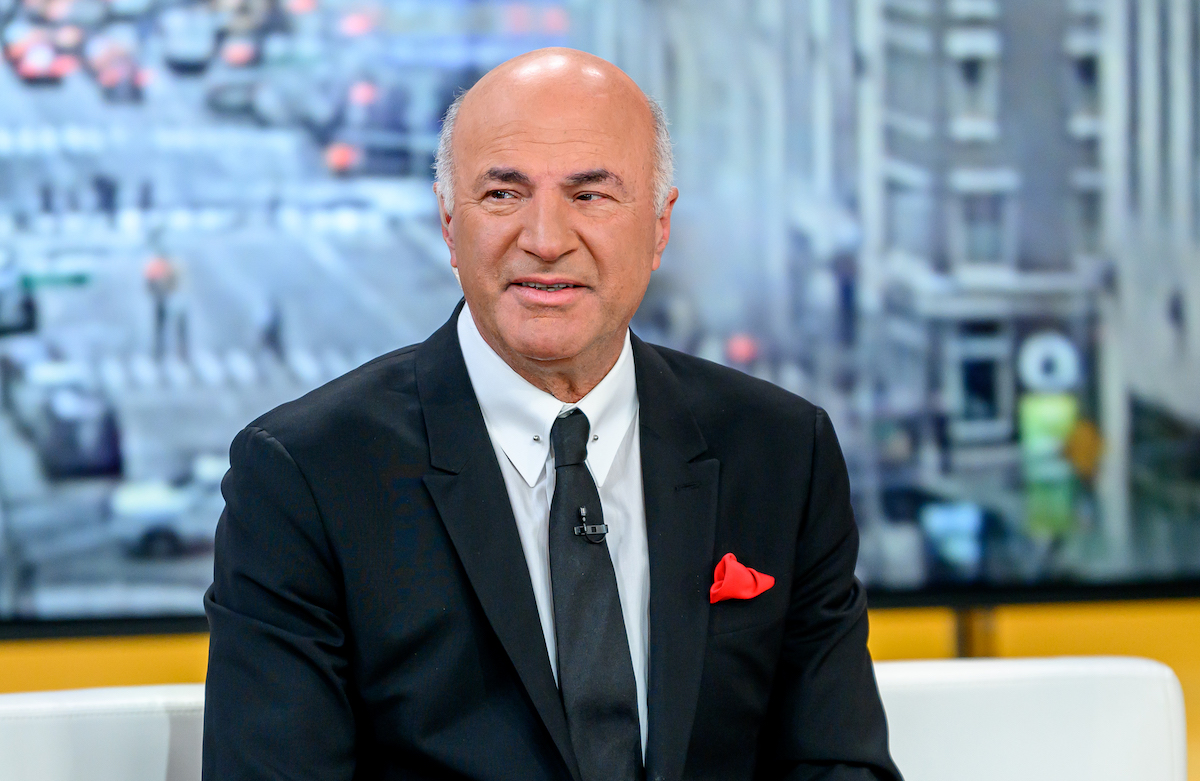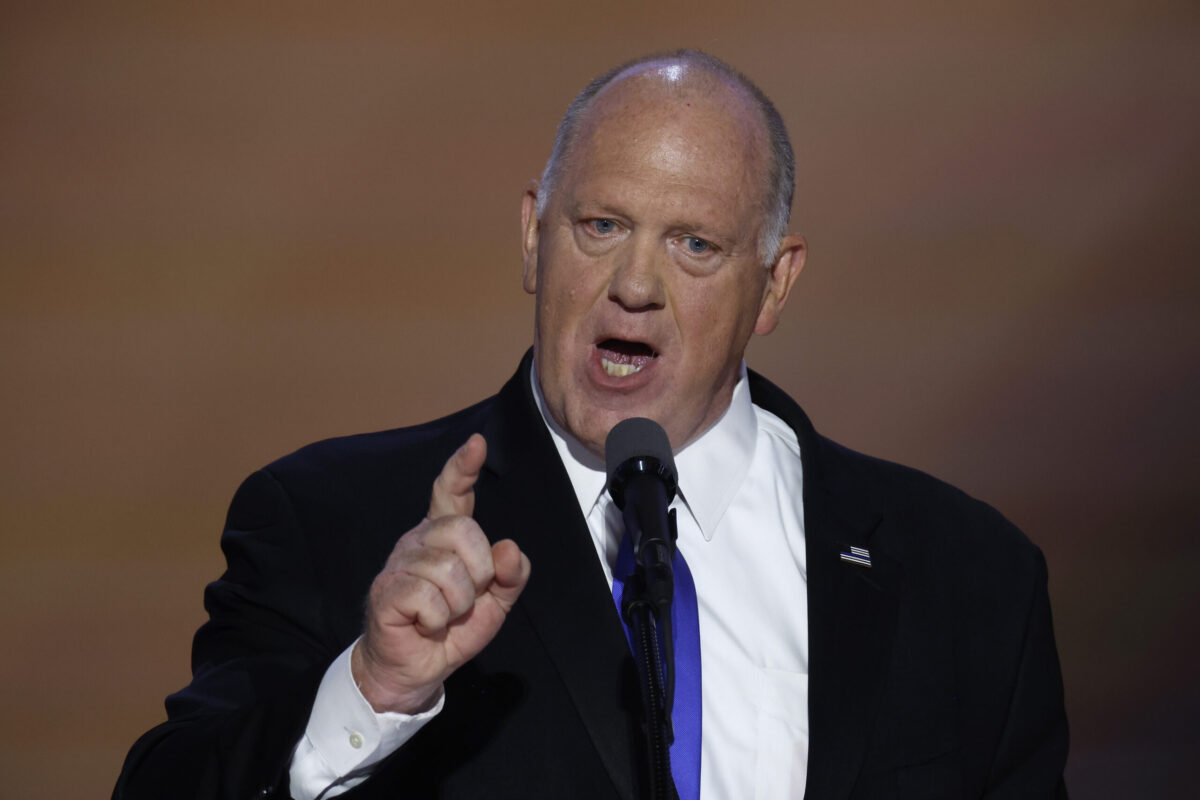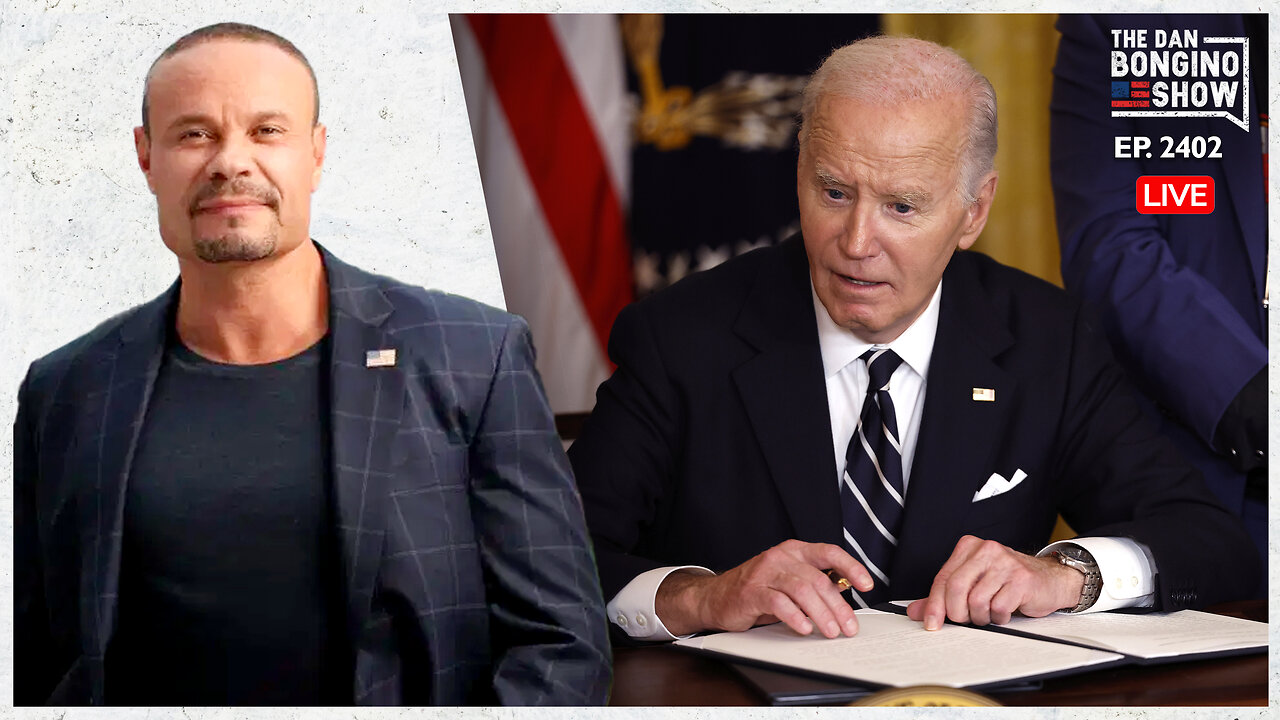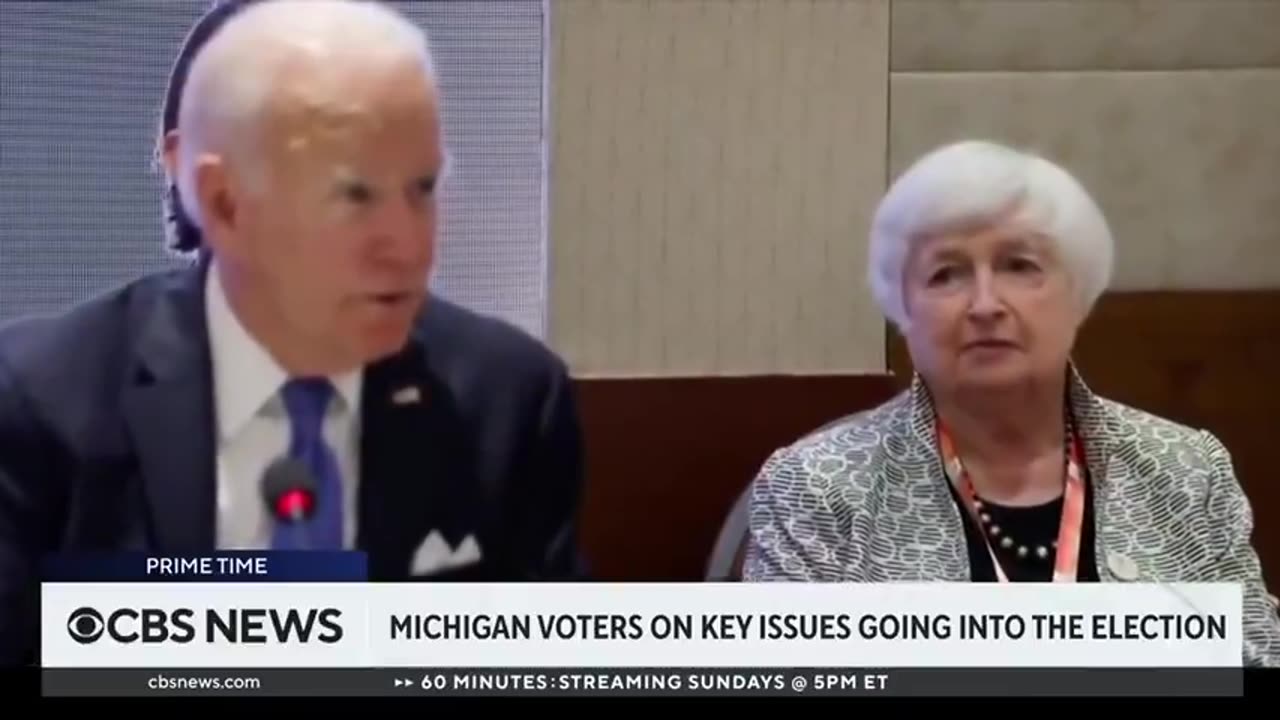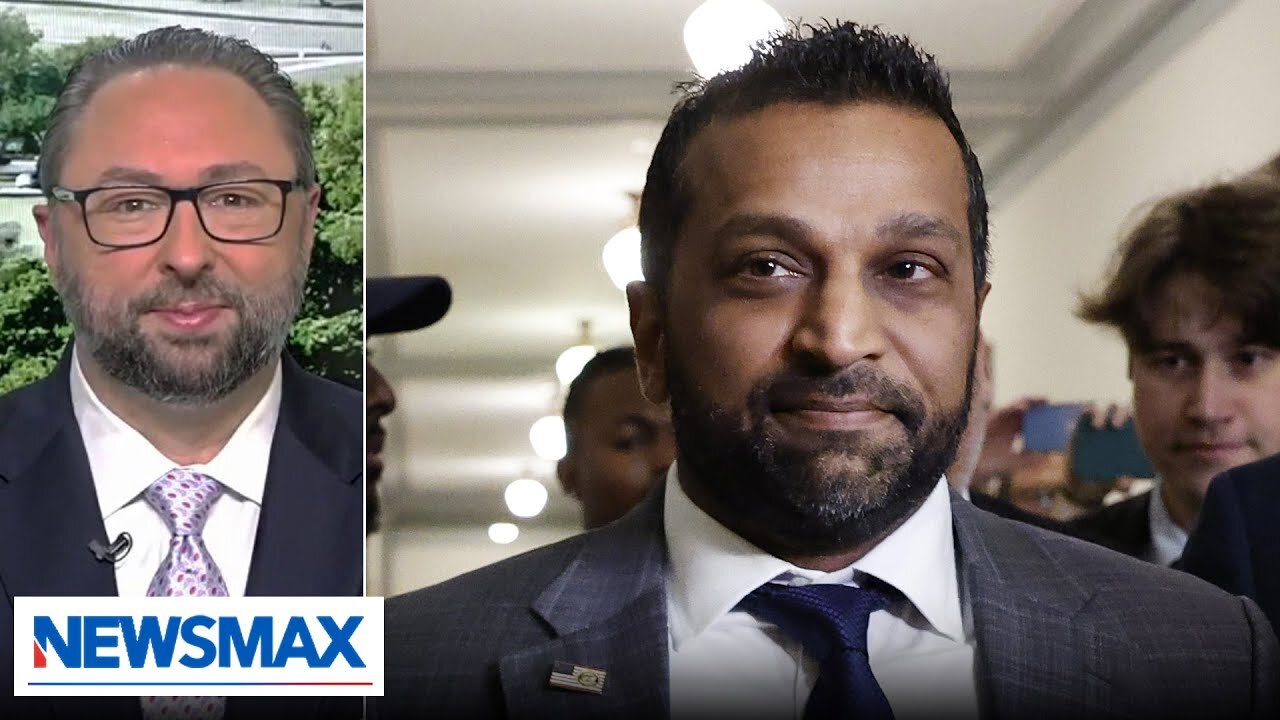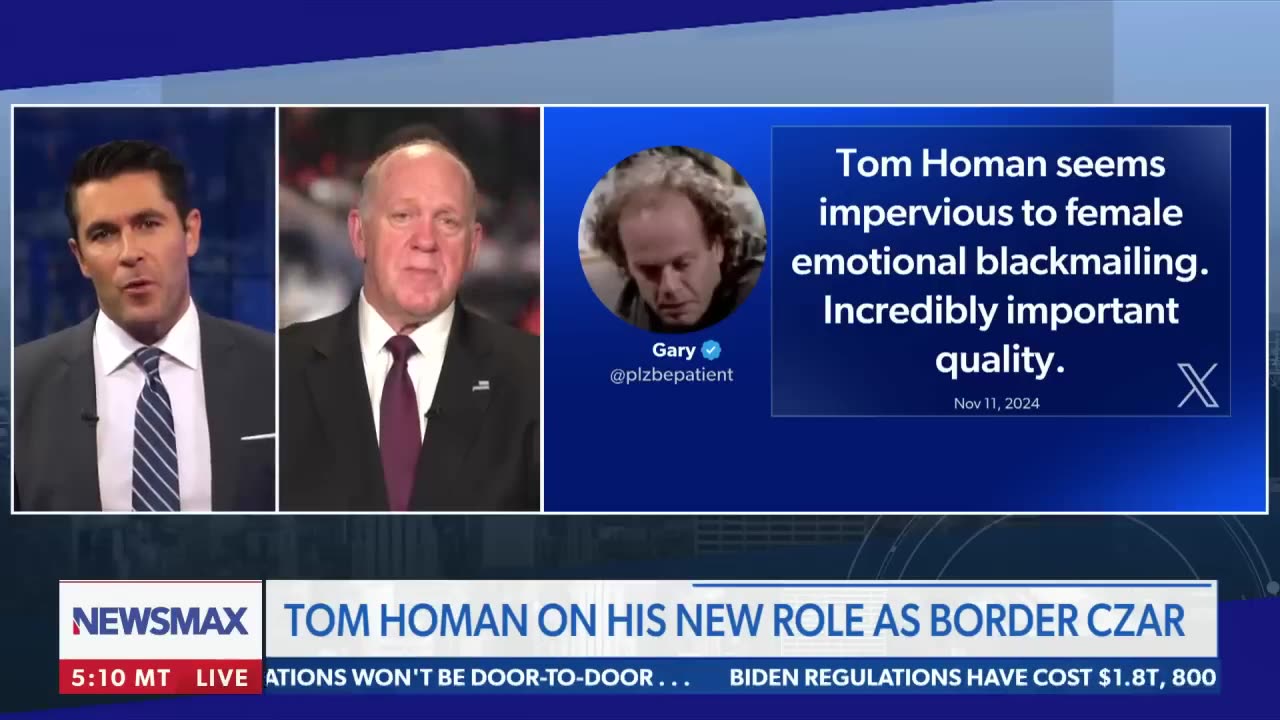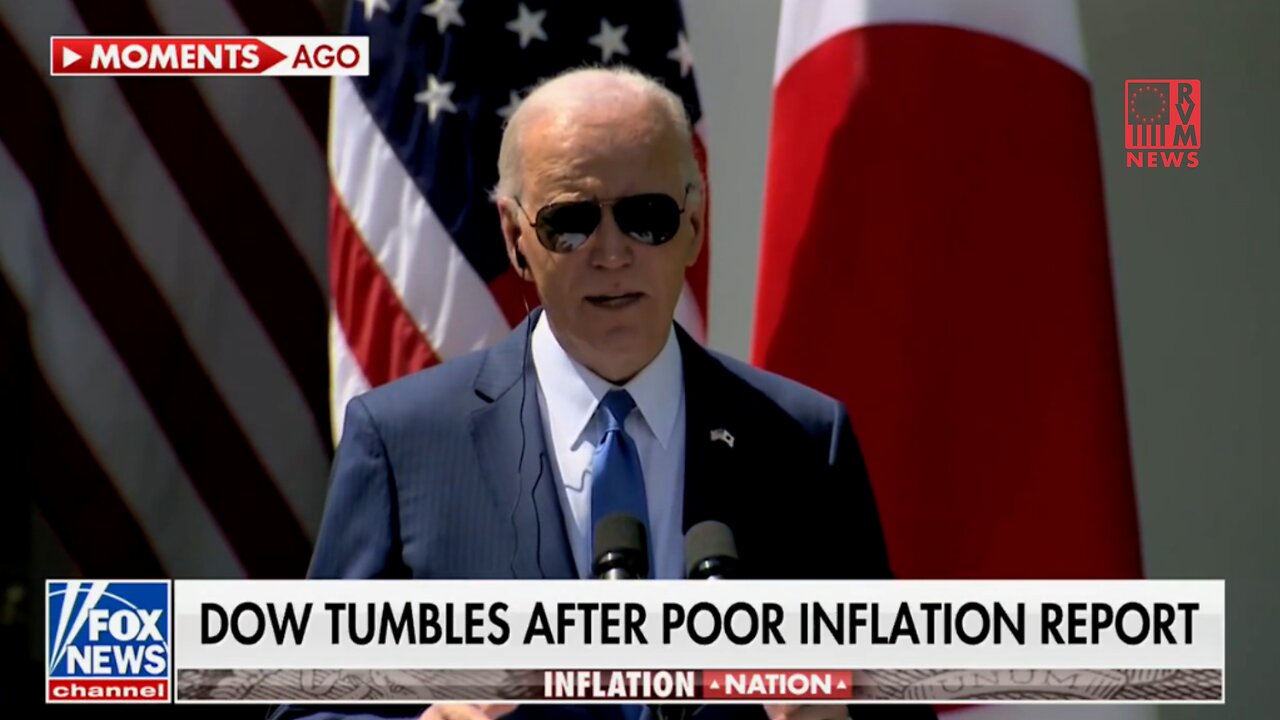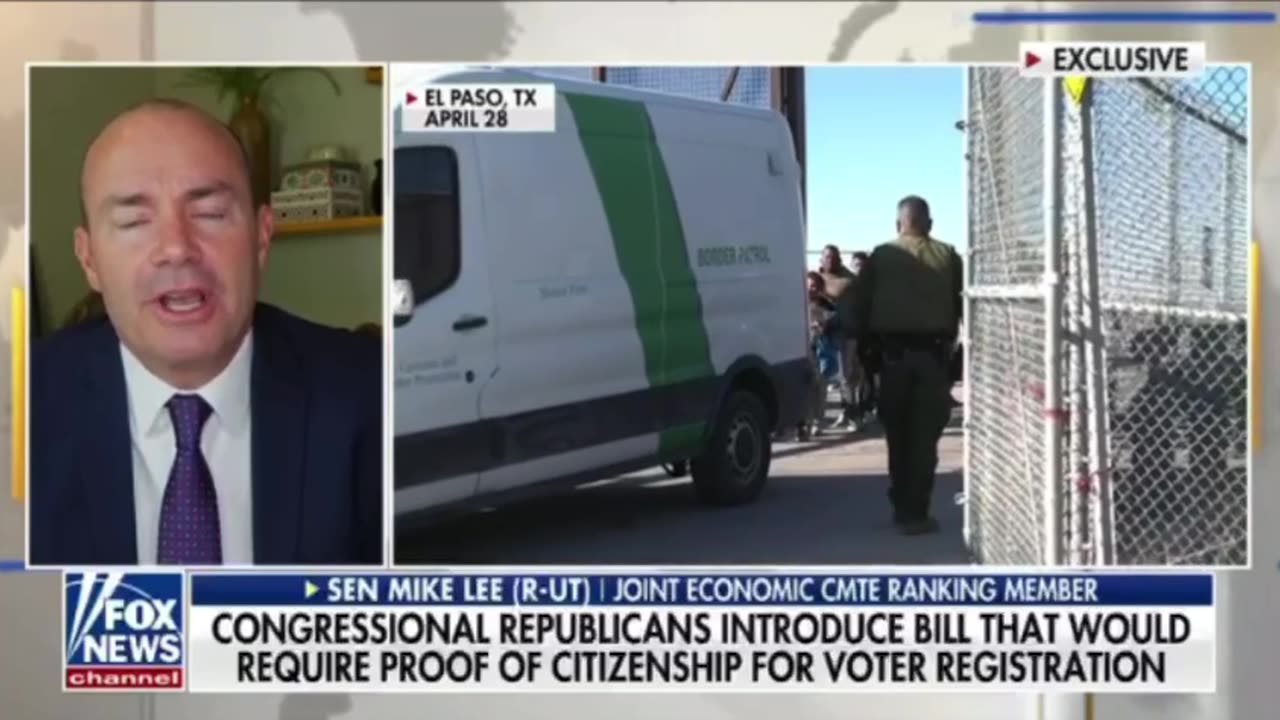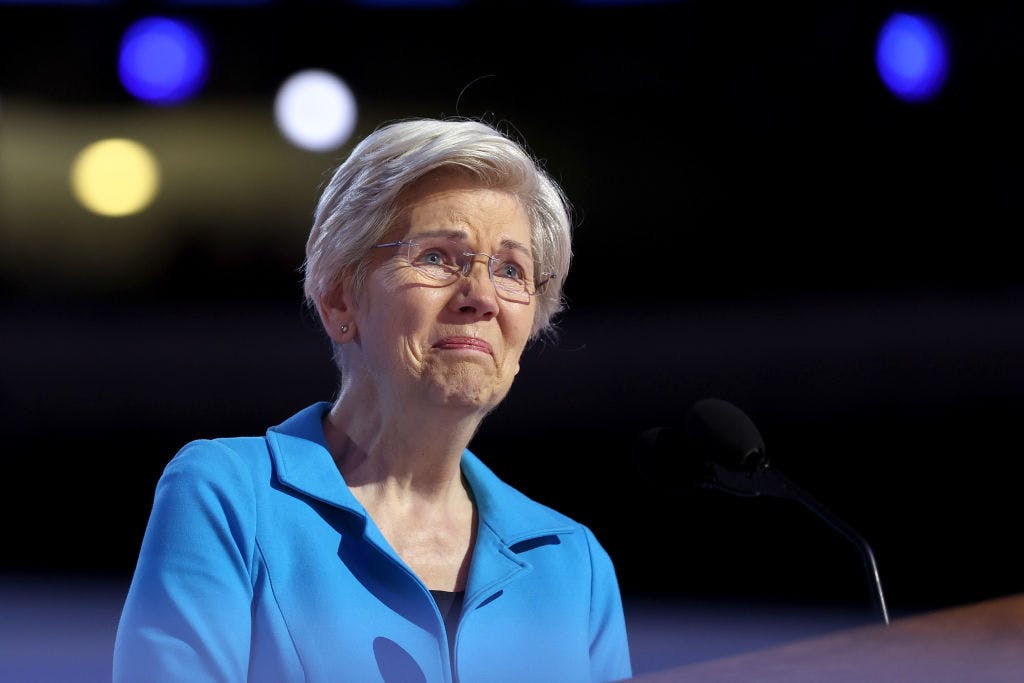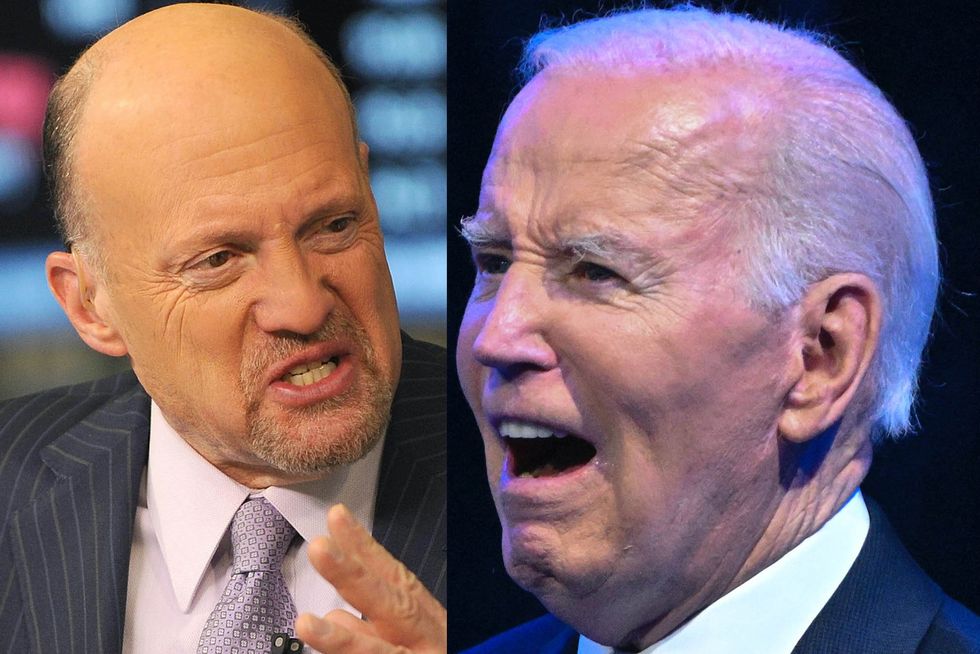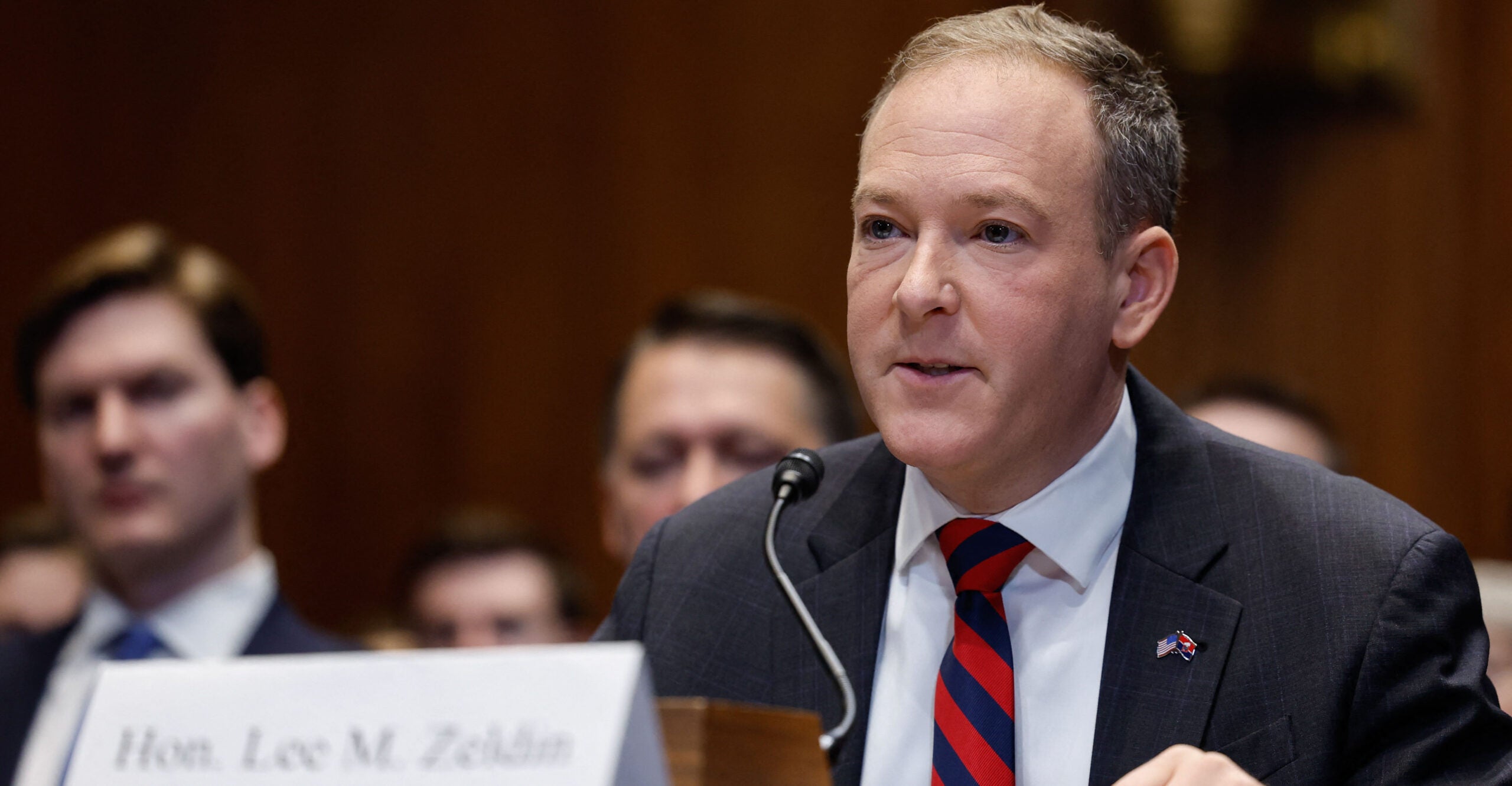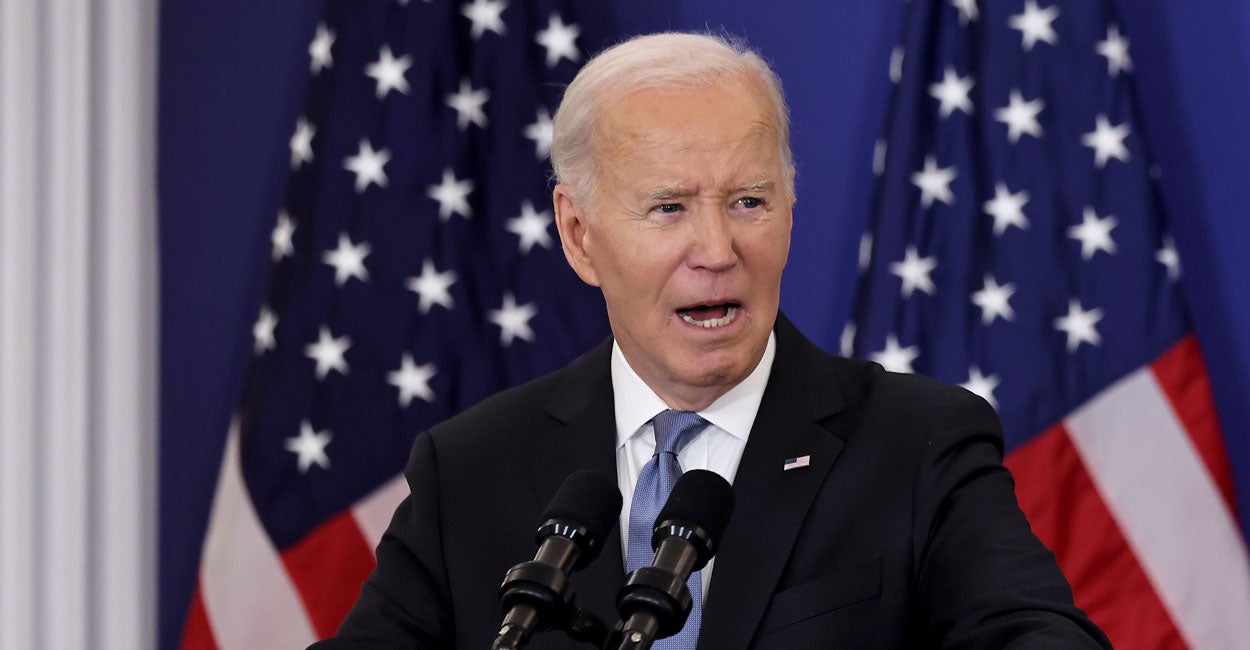Nothing changes: House GOP greenlights $1.5 trillion inflation bomb
After handing Joe Biden and Kamala Harris everything they wanted on budget bills for the past two years, the duplicitous Republican-controlled House isn’t finished with its inflationary spending spree. Now, more than half of the House Republican Conference has sent a letter to House Speaker Mike Johnson (R-La.) and other House Republican leaders urging them to pass the statist farm bill during the upcoming lame-duck session.Even after pushing through the Biden-Harris continuing resolution and railing against inflation on the campaign trail, Republicans can’t seem to control their appetite for the very policies fueling inflation, especially in the food industry.As we hope for a victory less than three weeks from now, we better start planning for how this time will be different.The $1.5 trillion farm and food stamp reauthorization bill is a prime example of the WWE-style fake political battles between the two parties. Every chance they get to reform, cut, or devolve programs to the states, Republicans not only fail to make a dent in the staggering level of inflationary spending, but they also add to the deficit above the existing baseline whenever they control Congress. They bicker over the rate of increase and some minor aspects of the program, only to give Democrats 95% of what they want, all while pretending to fight over 1% of the issue.This reauthorization consists mostly of food stamps and other food assistance programs, amounting to about $1.2 trillion over five years. As for the remaining agricultural portions, both parties seem to agree on continuing nanny-state farm programs that bankrupt the country, distort agriculture and land-use markets, create monopolies for wealthy interests, and nationalize our food production.In the House Agriculture Committee hearing earlier this year, both parties fought fiercely over the rate of food stamp increases, yet they ultimately agreed to lock in a baseline that is double what it was in 2008. Neither side proposed reforms, such as transitioning the program to the states, where anti-dependency initiatives like “Hope Florida” helped 27,500 individuals leave the program. As a result, H.R. 8467, the Farm, Food, and National Security Act of 2024, passed the committee on May 23 with a 31-21 vote. Four Democrats joined every Republican in supporting the bill.The 954-page monstrosity, which combines urban food stamp interests with large-scale farming interests, was designed to increase the overall price tag and extend federal control over state programs. The bill formalizes Biden’s illegal expansion of the Thrifty Food Plan and locks in a three-year annual cost-of-living increase. Ironically, this was viewed as a conservative win, as Democrats had pushed for even greater program growth during the amendment process.Republicans secured "savings" by preventing further growth in food stamps, only to redirect $40 billion into farm subsidies. These subsidies fuel venture socialism at its worst, distorting agricultural decisions, enriching the wealthiest landowners — often foreign — and inflating land prices. Federal crop insurance has had the same effect on farming that Obamacare had on health care: driving up costs, accelerating mergers, and squeezing out independent farmers, much like it did to independent doctors. Just 10% of farmers receive 56% of subsidies.A 2017 Congressional Research Service report noted that 94% of farm subsidies under Title I go to just six commodities, with 46% going to corn. Corn already benefits from the ethanol mandate, requiring fuel producers to blend ethanol into the national gasoline supply. Despite these six commodities receiving 94% of the subsidies, they only account for 27% of total farm output. The report suggests this disparity "merits further inspection of how the programs function across program crops."Additionally, 54% of all cropland is rented, not owned, according to the USDA, with the highest concentration of rental land in crops receiving the most subsidies. Thus, this is more of a landowner subsidy bill than a farmer subsidy bill.Government intervention in farming, much like health care, picks winners and losers. Under these farm bills, you're a winner if you grow large-acre crops like corn, cotton, and soybeans, or if Southern Republicans fight for low-acreage crops like peanuts and rice. If the government stayed out of it, the private sector would manage crop insurance, just as it does with car and homeowners' insurance. Instead, crop insurance has become a market-distorted mess, much like medical insurance.Food, like COVID, has become the new frontier for government overreach. The government wants to take over farming and push you toward unhealthy, expensive food, just as it did with medical care. These federal farm programs further skew the playing field away from local farmers and toward corporate farming lobbyists. Biden plans to mandate electronic IDs for all cattle, and nothing in this bill blocks that terrible rule.Under
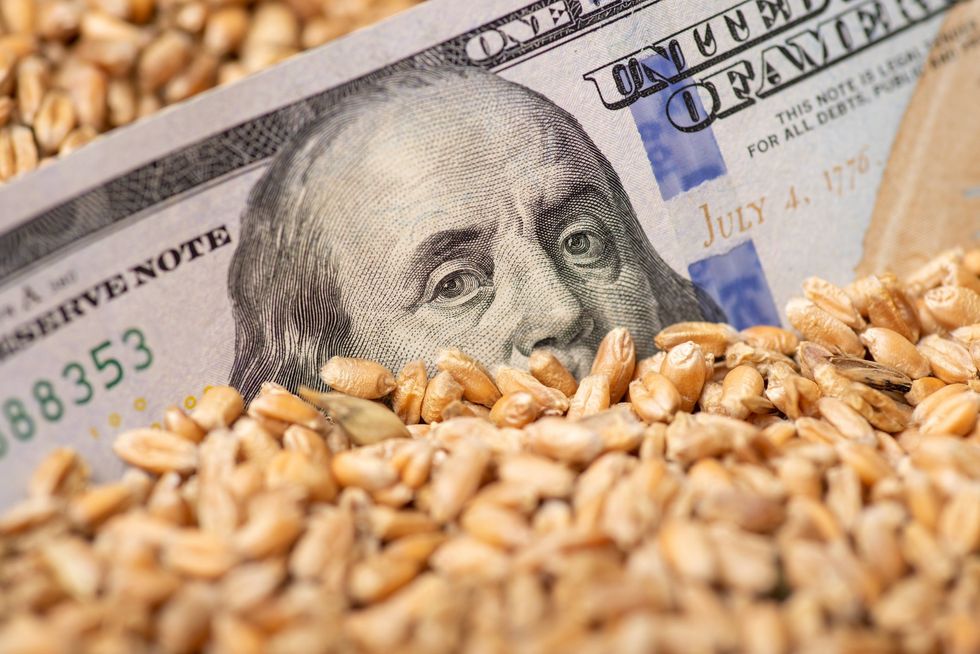

After handing Joe Biden and Kamala Harris everything they wanted on budget bills for the past two years, the duplicitous Republican-controlled House isn’t finished with its inflationary spending spree. Now, more than half of the House Republican Conference has sent a letter to House Speaker Mike Johnson (R-La.) and other House Republican leaders urging them to pass the statist farm bill during the upcoming lame-duck session.
Even after pushing through the Biden-Harris continuing resolution and railing against inflation on the campaign trail, Republicans can’t seem to control their appetite for the very policies fueling inflation, especially in the food industry.
As we hope for a victory less than three weeks from now, we better start planning for how this time will be different.
The $1.5 trillion farm and food stamp reauthorization bill is a prime example of the WWE-style fake political battles between the two parties. Every chance they get to reform, cut, or devolve programs to the states, Republicans not only fail to make a dent in the staggering level of inflationary spending, but they also add to the deficit above the existing baseline whenever they control Congress. They bicker over the rate of increase and some minor aspects of the program, only to give Democrats 95% of what they want, all while pretending to fight over 1% of the issue.
This reauthorization consists mostly of food stamps and other food assistance programs, amounting to about $1.2 trillion over five years. As for the remaining agricultural portions, both parties seem to agree on continuing nanny-state farm programs that bankrupt the country, distort agriculture and land-use markets, create monopolies for wealthy interests, and nationalize our food production.
In the House Agriculture Committee hearing earlier this year, both parties fought fiercely over the rate of food stamp increases, yet they ultimately agreed to lock in a baseline that is double what it was in 2008. Neither side proposed reforms, such as transitioning the program to the states, where anti-dependency initiatives like “Hope Florida” helped 27,500 individuals leave the program.
As a result, H.R. 8467, the Farm, Food, and National Security Act of 2024, passed the committee on May 23 with a 31-21 vote. Four Democrats joined every Republican in supporting the bill.
The 954-page monstrosity, which combines urban food stamp interests with large-scale farming interests, was designed to increase the overall price tag and extend federal control over state programs. The bill formalizes Biden’s illegal expansion of the Thrifty Food Plan and locks in a three-year annual cost-of-living increase. Ironically, this was viewed as a conservative win, as Democrats had pushed for even greater program growth during the amendment process.
Republicans secured "savings" by preventing further growth in food stamps, only to redirect $40 billion into farm subsidies. These subsidies fuel venture socialism at its worst, distorting agricultural decisions, enriching the wealthiest landowners — often foreign — and inflating land prices. Federal crop insurance has had the same effect on farming that Obamacare had on health care: driving up costs, accelerating mergers, and squeezing out independent farmers, much like it did to independent doctors. Just 10% of farmers receive 56% of subsidies.
A 2017 Congressional Research Service report noted that 94% of farm subsidies under Title I go to just six commodities, with 46% going to corn. Corn already benefits from the ethanol mandate, requiring fuel producers to blend ethanol into the national gasoline supply. Despite these six commodities receiving 94% of the subsidies, they only account for 27% of total farm output. The report suggests this disparity "merits further inspection of how the programs function across program crops."
Additionally, 54% of all cropland is rented, not owned, according to the USDA, with the highest concentration of rental land in crops receiving the most subsidies. Thus, this is more of a landowner subsidy bill than a farmer subsidy bill.
Government intervention in farming, much like health care, picks winners and losers. Under these farm bills, you're a winner if you grow large-acre crops like corn, cotton, and soybeans, or if Southern Republicans fight for low-acreage crops like peanuts and rice. If the government stayed out of it, the private sector would manage crop insurance, just as it does with car and homeowners' insurance. Instead, crop insurance has become a market-distorted mess, much like medical insurance.
Food, like COVID, has become the new frontier for government overreach. The government wants to take over farming and push you toward unhealthy, expensive food, just as it did with medical care. These federal farm programs further skew the playing field away from local farmers and toward corporate farming lobbyists. Biden plans to mandate electronic IDs for all cattle, and nothing in this bill blocks that terrible rule.
Under the guise of “conservation,” the government spends $14 billion paying farmers to leave land dormant. In 2018, Donald Trump vowed to cut these programs, which allow rich companies to buy land and keep it idle. Yet, the last farm bill, passed under a GOP trifecta, fully funded and expanded these programs. As a result, wealthy landowners profit, and land costs continue to skyrocket, just like any subsidized asset bubble. While the House GOP version omits some of the garbage climate-change rhetoric, it fully preserves the absurd conservation programs, which undermine the goal of food independence.
Here we stand 16 months after Kevin McCarthy’s debt-ceiling increase (which Mike Johnson supported), and our debt has grown $4.3 trillion — almost as fast as during the lockdown year itself. How exactly will we cure inflation, especially with food, if we continue to push these massive farm bills without any meaningful, systemic reforms or at least without devolving these programs to the states where they cannot print their way out of debt?
As we hope for a victory less than three weeks from now, we better start planning for how this time will be different.
Originally Published at Daily Wire, World Net Daily, or The Blaze
What's Your Reaction?
















